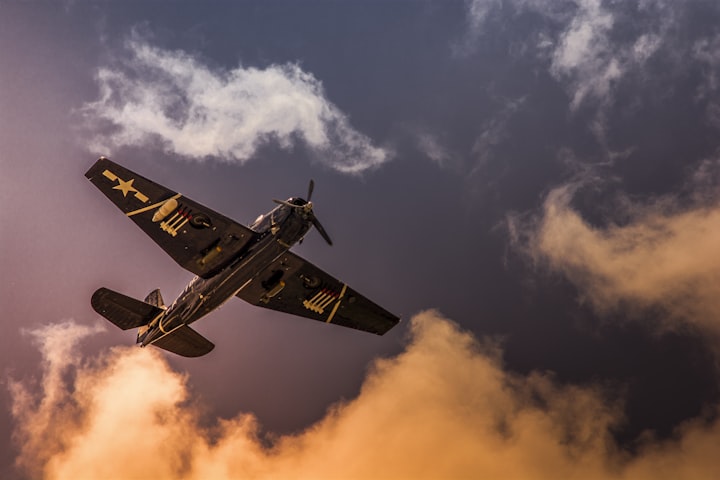
Royal Navy Force
For two centuries, the Royal Navy (RN) was the most powerful force in the world. For the first time since the removal of HMS Ark Royal in 2011, the Navy has deployed an aircraft controller, 65,000 tons HMS Queen Elizabeth (R08). Today, the Navy is a shadow of what it was before, and the Department of Defense estimates that only 30 ships will be equipped and returned to work by 2020.
On paper, 89 Royal Navy ships include helicopter pilots, six fighter jets, six destroyers, 13 fridges, seven submarines, and four submarines. Others are miners, explorers, and other support vessels, many of which are not larger than the smaller U.S. Coast Guard. The Royal Navy also has 65,000 tons of new HMS Queen Elizabeth, with more ships including Type 45 destroyers HMS Defender and HMS Diamond, Type 23 sub-frigates HMS Kent, and HMS Richmond as Royal Navy cargo ships Fort Victoria and Tidesprings.
With a helicopter commander, six submarines, six destroyers, 13 frigates, seven submarines, and four submarines, they are regarded as real front-line ships with adequate sensitivity, weapons, and protection against war-torn enemies.
The Royal Navy was reduced in size in the 1960s and was responsible for curbing nuclear power in 1969 by maintaining nuclear submarines. From the early 1980s, the Royal Navy was forced to focus on submarine warfare. The Royal Navy played a key role in the 1982 Falklands War, demonstrating that the missiles paid for naval warfare could take ground troops.
During World War II the Royal Navy was distributed worldwide, divided into various armies, and operated by numerous regional stations known as commanders. These commandos, along with various other naval headquarters operations, keep a record of the daily diary and summaries of events, many of which were recorded sequentially by troops [199] and others.
After the fall of the Soviet Union, Royal Navys once again focused on international travel campaigns, and remains one of the world's largest blue-water vessels. The Royal Navy was the first of three forces to integrate staff training (supervisors) and operational commands (Combined Naval Home Command and CINCfleet in 2005) into one organization (Fleet Command) in 2005 and became a Navy Command in 2008. It operates from three bases in the UK, with command ships to Portsmouth, Clyde, Devonport, and Plymouth. The latter is the largest naval base in the UK and Western Europe.
The Royal Navy maintains a fleet of complex ships, submarines, and aircraft, including two carriers, two submarines, four British submarines, seven nuclear submarines, six-guided anti-missiles , 26 anti-mine ships, and 26 patrol boats. Coastal patrol vessels have a total number of Royal Navy vessels, with a total of 24 ships under 1,650. If security vessels were not deployed, the number dropped by 74% since the Falklands War.
The Royal Navy has had a first-hand carrier since the First World War and the new Queen Elizabeth should take office in 2018. With its first deployment to Asia in 2021, the Armed Forces are expected to deploy HMS Queen Elizabeth for additional deployment, two Type 45 assassins, two 23-type refrigerators, a nuclear submarine, tanker ships, and a fleet of first-ever ships to Asia.
Designed to protect themselves from the wind, these ships operate on ships and more. The Norwegian Fridtjof-Nansen refrigerators of the Spanish Army have played a similar role with the French La Fayette refrigerators and Alvaro de Bazan frigates of the Spanish Army.
The Third Eastern Fleet was founded in December 1941 in Singapore and formed the basis of the British Pacific Fleet, the largest war effort. The RFA has provided Royal Navy naval vessels at sea and increased naval capabilities with its three incoming ships and Bay-level submarines. The Royal Naval Reserve (RNR) targets men and officers with previous occupations as professional Navy merchants, while the Royal Naval Volunteer Reserve (RNVR) is made up of officers and volunteers who join the military in pre-war recruiting.
In some cases, men were conscripted for military service during the war if they were to work on captured ships to please the Armed Forces or to be forced to work abroad. After 1853, men were able to join the Armed Forces for a while, but they were not permanently enlisted. The roll was a Shipwreck, in which the names of all the people on board were inscribed.
British pilots, destroyers, submarines, and light forces were pulled together from the British coast. Mediterranean ships for two warships and eight passengers were stationed at Gibraltar, Malta, and Alexandria. These ships were used to operate to prevent the arrival of Suez and Gallipoli.
The most important areas for the operation of British submarines were the waters of Norway, the North Sea, the Mediterranean Sea, and the Far East. After D-Day 1944, British ships were able to send more than 900 British warships across the English Channel to send Allied troops to liberate Europe from Nazi Germany.
British trade flourished with the British conquest of the French colonies in 1795 (including the influence of Saint-Domingue) and the Conquest of Trinidad in 1797. For example, 14,334 merchant ships were carrying 14.37 million cargo in 1792, which grew to 16,552 vessels carrying 17.97 million tons in 1802. As a result of budget cuts and cuts, British ships withdrew to large parts of the world.
About the Creator
Aayush Alphonz
Hello, I am producer from Nepal






Comments
There are no comments for this story
Be the first to respond and start the conversation.